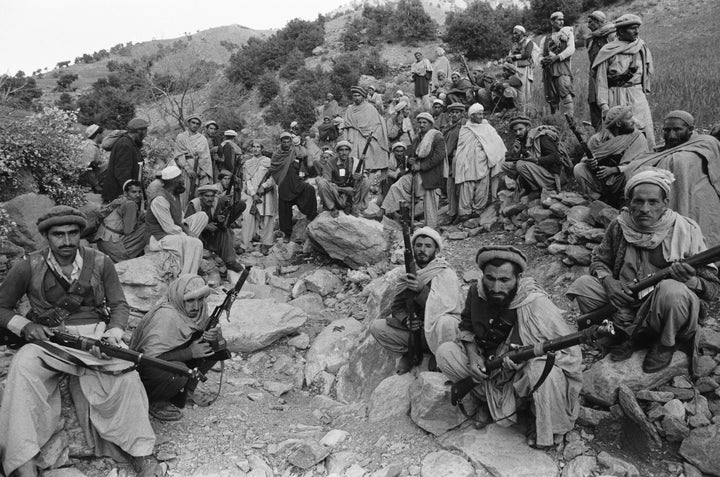Donald Trump’s decision to change his longstanding views of the war in Afghanistan was partly inspired by a picture of women in miniskirts, reports The Washington Post.
Last night the President, in a rare display of admitting he was wrong about something, dedicated the US to staying involved in the now-17-year conflict, until it wins “in the end”.
The pivot, announced during his first Address to the Nation, was in stark contrast to his previous views expressed, unsurprisingly, on Twitter over the last few years.
Last night the President, addressing US troops at Fort Myers, Virginia, said: “My original instinct was to pull out, and historically I like following my instincts.
“But all my life, I have heard that decisions are much different when you sit behind the desk in the Oval Office. In other words, when you are President of the United States.
“So I studied Afghanistan in great detail and from every conceivable angle.”
One of these angles was reportedly provided by National Security Adviser, H.R. McMaster.
“One of the ways McMaster tried to persuade Trump to recommit to the effort was by convincing him that Afghanistan was not a hopeless place. He presented Trump with a black-and-white snapshot from 1972 of Afghan women in miniskirts walking through Kabul, to show him that Western norms had existed there before and could return.”

Afghanistan’s urban areas underwent a wave of modernisation in the 60s and 70s under the rule of King Mohammad Zahir Shah.

Religious plurality was tolerated, there was no enforcement of harsh religious laws and the country was even part of “Hippy Trail” that saw Western backpackers travel through on their way to India.

All that changed in 1973 when the King was overthrown in a military coup - instability grew culminating in the Soviet invasion in 1979 which was the first chapter in the near-continuous conflict, civil war and invasions to come.

Which brings us to the present day that finds the US still engaged in its longest conflict in its history, one that has baffled Trump’s predecessors.
But last night’s announcement of a continuation of the war was lacking in specifics beyond saying the US will win “in the end” and it is now not about nation building but “killing terrorists”.
He did not confirm if he would send more troops or not.
Aside from that much of the speech echoed previous statements from US officials and former presidents made since the US invaded Afghanistan in 2001 to destroy the Taliban - a goal yet to be achieved and now more complex than ever with the added threat of the Islamic State and continuing instability in neighbouring Pakistan.
He said victory in Afghanistan will mean “attacking our enemies”, “obliterating” the Islamic State group, crushing al-Qaeda, preventing the Taliban from taking over the country, and stopping terror attacks against Americans.
Trump pointed to “three fundamental conclusions” about US interests in Afghanistan - all of which appeal to patriotism and nationalistic pride.
The President said the nation needs to seek “an honourable and enduring outcome worthy of the tremendous sacrifices” made by US soldiers - a line that harkened back to promises made by Richard Nixon during the 1968 campaign to bring “an honourable end” to the war in Vietnam.
Trump also warned that a rapid exit would create a vacuum that terrorists like the Islamic State group and al-Qaida would fill, leading to conditions similar to before the September 11, 2001, attacks.
And he noted that the security threats in Afghanistan are “immense,” and made the case that it is key to protecting the US, reports the Associated Press.
The US currently has about 8,400 troops in Afghanistan down from a peak of 100,000 under Obama.
Pentagon officials proposed plans to send in nearly 4,000 more to boost training and advising of the Afghan forces and bolster counterterrorism operations against the Taliban and an Islamic State group affiliate trying to gain a foothold in the country.
To those US service members, Trump promised nothing short of success.
“The men and women who serve our nation in combat deserve a plan for victory,” he said. “They deserve the tools they need and the trust they have earned to fight and to win.”
